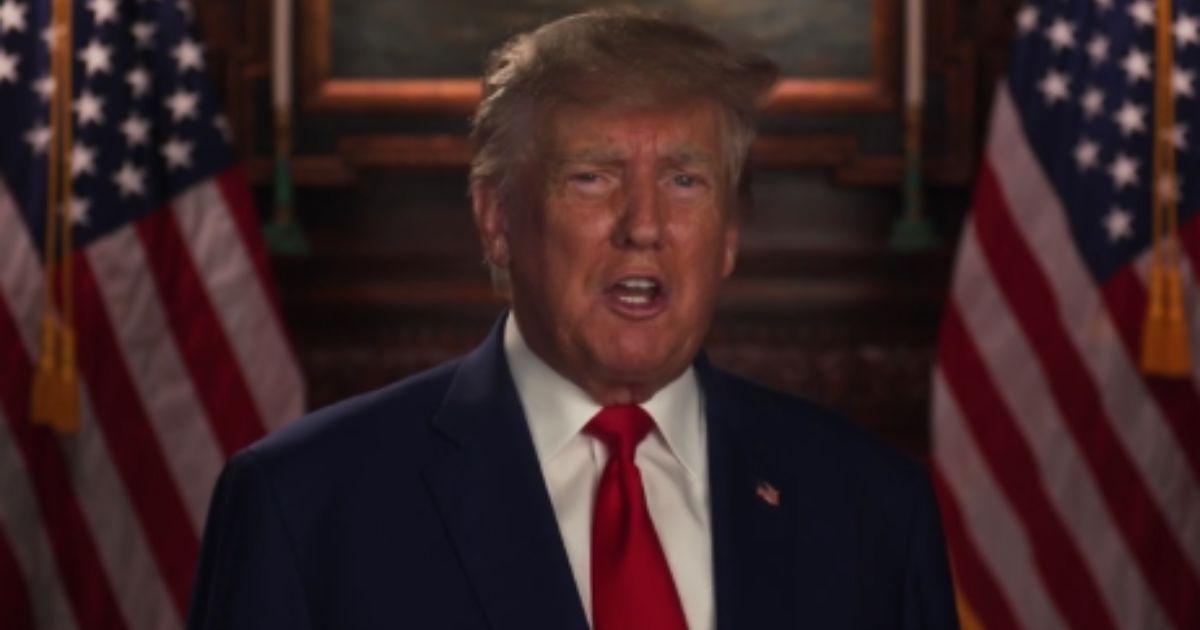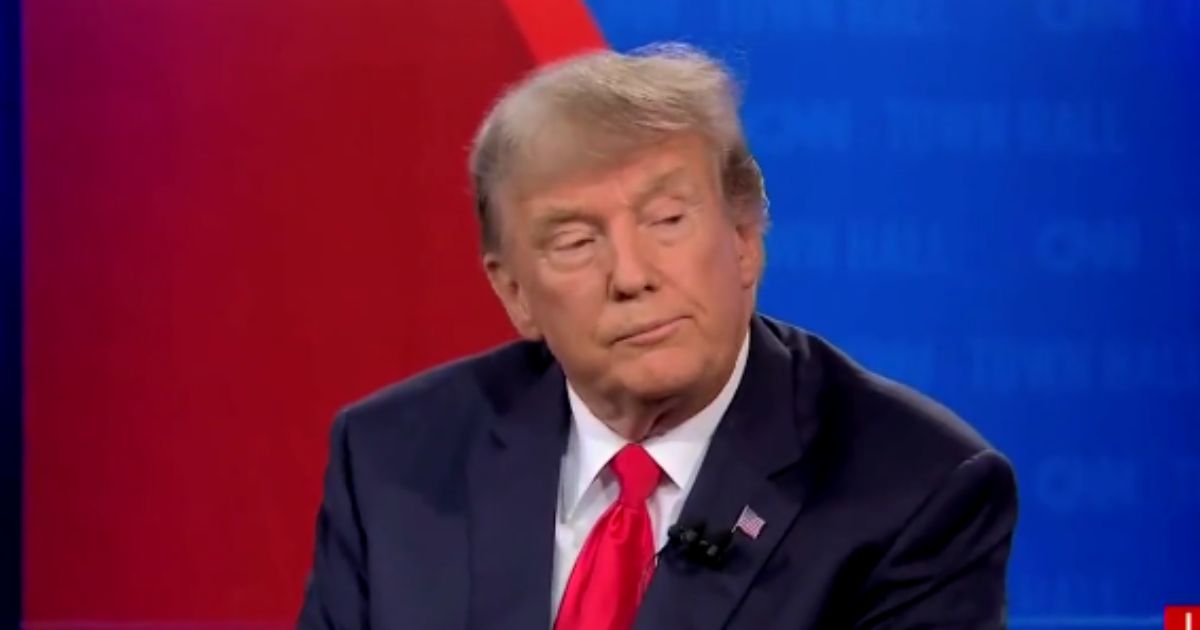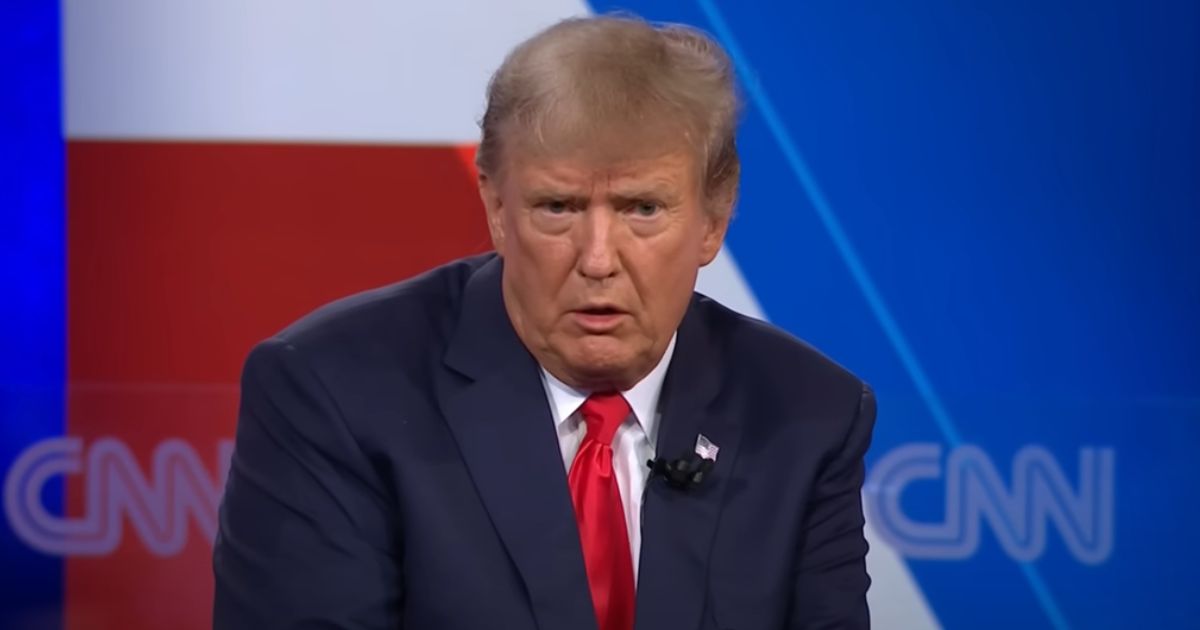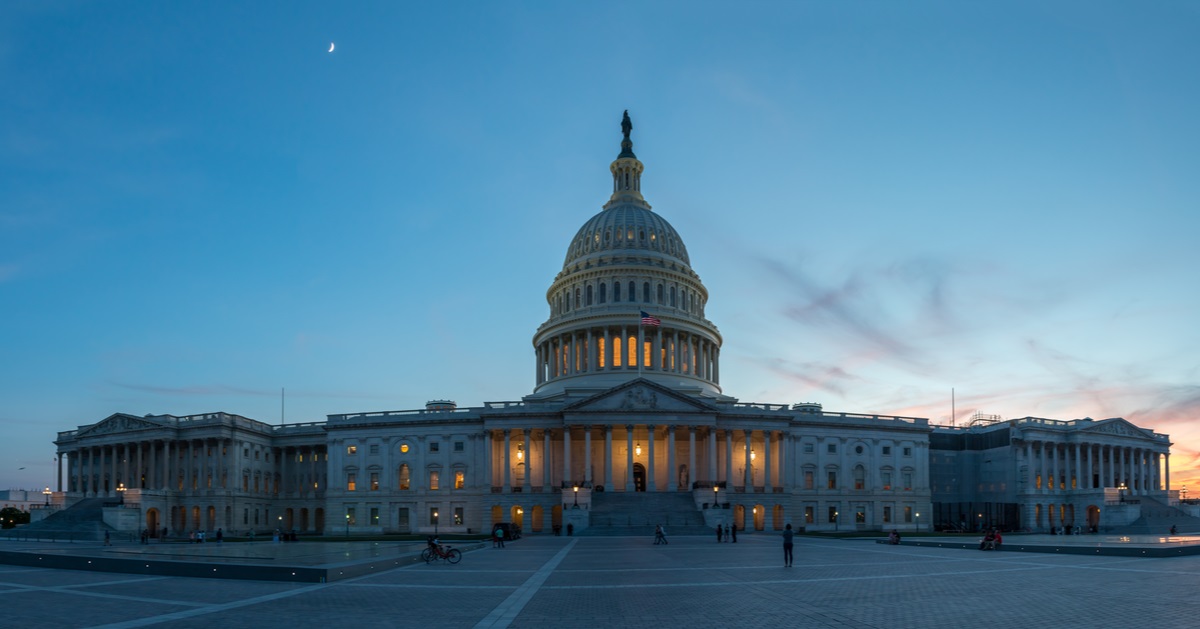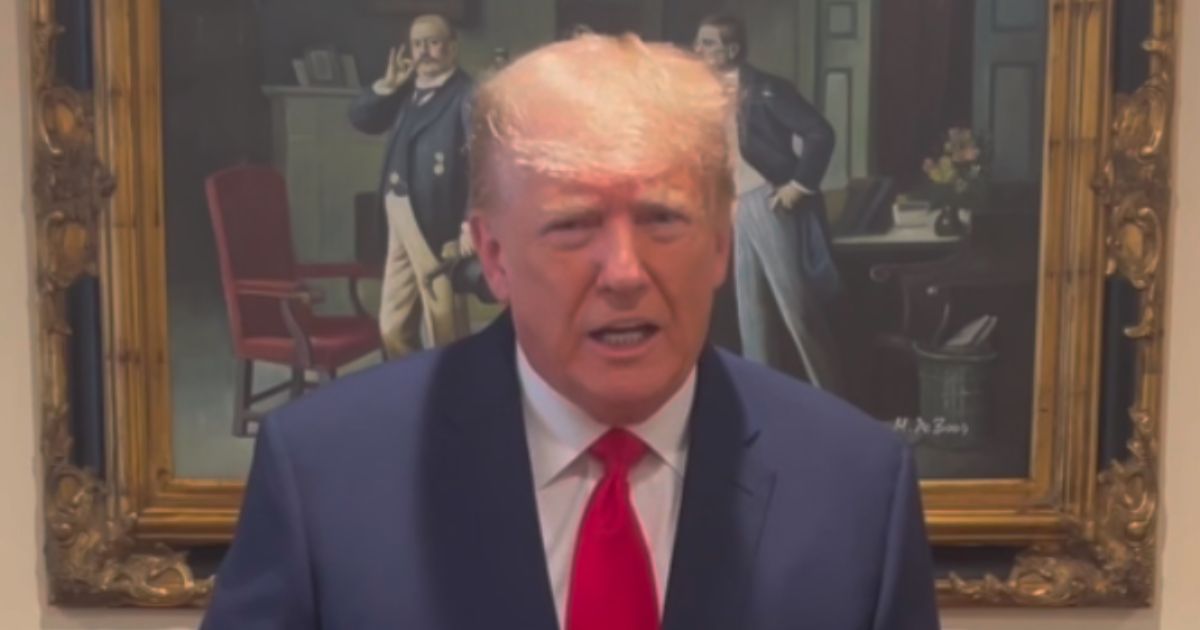Nancy Pelosi Continues To Shape Democratic Strategy Amid New Challenges
A power struggle emerges within the Democratic Party as former House Speaker Nancy Pelosi maintains significant influence despite no longer holding formal leadership positions.
According to the Washington Examiner, despite stepping aside from leadership in 2022, the 84-year-old Speaker Emerita continues to wield considerable power within the Democratic caucus as the party prepares for a second Trump administration.
The longtime San Francisco representative recently filed a statement of candidacy with the Federal Election Commission after securing her 20th term, sparking discussions about her future role in the party.
Her spokesperson has not confirmed whether she intends to seek reelection, though the filing suggests her political career may continue.
Behind The Scenes Power Dynamics Shape Democratic Strategy
Democratic strategist Steve Maviglio explains that rumors circulated about Pelosi's potential departure being contingent on the election outcome.
Many believed she would step aside if Harris won but remain to lead anti-Trump efforts if the former president returned to office. Her recent actions indicate she is positioning herself at the center of Democratic resistance efforts in the upcoming 119th Congress.
During a recent House Democratic Caucus call, Pelosi proposed recreating strategies from Trump's previous administration, specifically focusing on defending the Affordable Care Act. This move demonstrates her continued influence on party strategy and policy directions.
Pelosi's leadership style has always emphasized behind-the-scenes effectiveness over public visibility. Her subtle yet decisive approach to achieving political objectives has been a hallmark of her nearly five-decade career in politics.
Critical Role In Biden's Presidential Decision
Brad Bannon, a Democratic strategist in Washington, D.C., offered this perspective on Pelosi's intervention with President Biden:
If Pelosi had not intervened, Biden would have been our nominee, and he would have lost badly, and perhaps cost us a Senate seat or two more than we suffered, and probably a few House races.
Pelosi's involvement in convincing Biden to step aside showcased her enduring influence within the party. Her post-election analysis, however, drew criticism from some Democrats, including Senator John Fetterman, who expressed frustration with her public criticism of Biden.
Tensions Between Past And Present Leadership Surface
Some party members have privately expressed concerns about Pelosi's continued influence potentially undermining current House Minority Leader Hakeem Jeffries.
An anonymous Democratic source stated:
Pelosi is done. She should quit now before completely destroying her legacy. It's sad to see her go out this way: old, bitter, and desperate for relevance.
Despite these tensions, both Jeffries and Pelosi maintain a united public front. Jeffries recently praised Pelosi's leadership during an NBC Meet the Press appearance, emphasizing her respect for the current leadership team.
Future Democratic Party Leadership Takes Shape
Representative Jamaal Bowman, despite his upcoming departure from Congress, advocates for a balance between respecting Pelosi's legacy and embracing new leadership.
Democratic strategists emphasize the importance of reading the room and responding to calls for fresh perspectives and generational change.
The party faces crucial decisions about its direction as both Pelosi and Trump prepare to return to public office in January. Questions remain about how Pelosi will navigate her role while respecting Jeffries' leadership position.
Democratic Power Structure Enters New Phase
Nancy Pelosi's continued influence over the Democratic Party reflects both her historical significance and the challenges of leadership transition. As the party prepares for a second Trump administration, her role remains pivotal yet controversial.
The dynamic between Pelosi and current party leadership, particularly Hakeem Jeffries, will likely shape Democratic strategy and unity in the coming years. This transition period highlights the broader challenge of balancing experienced leadership with the party's need for renewal and fresh perspectives.

